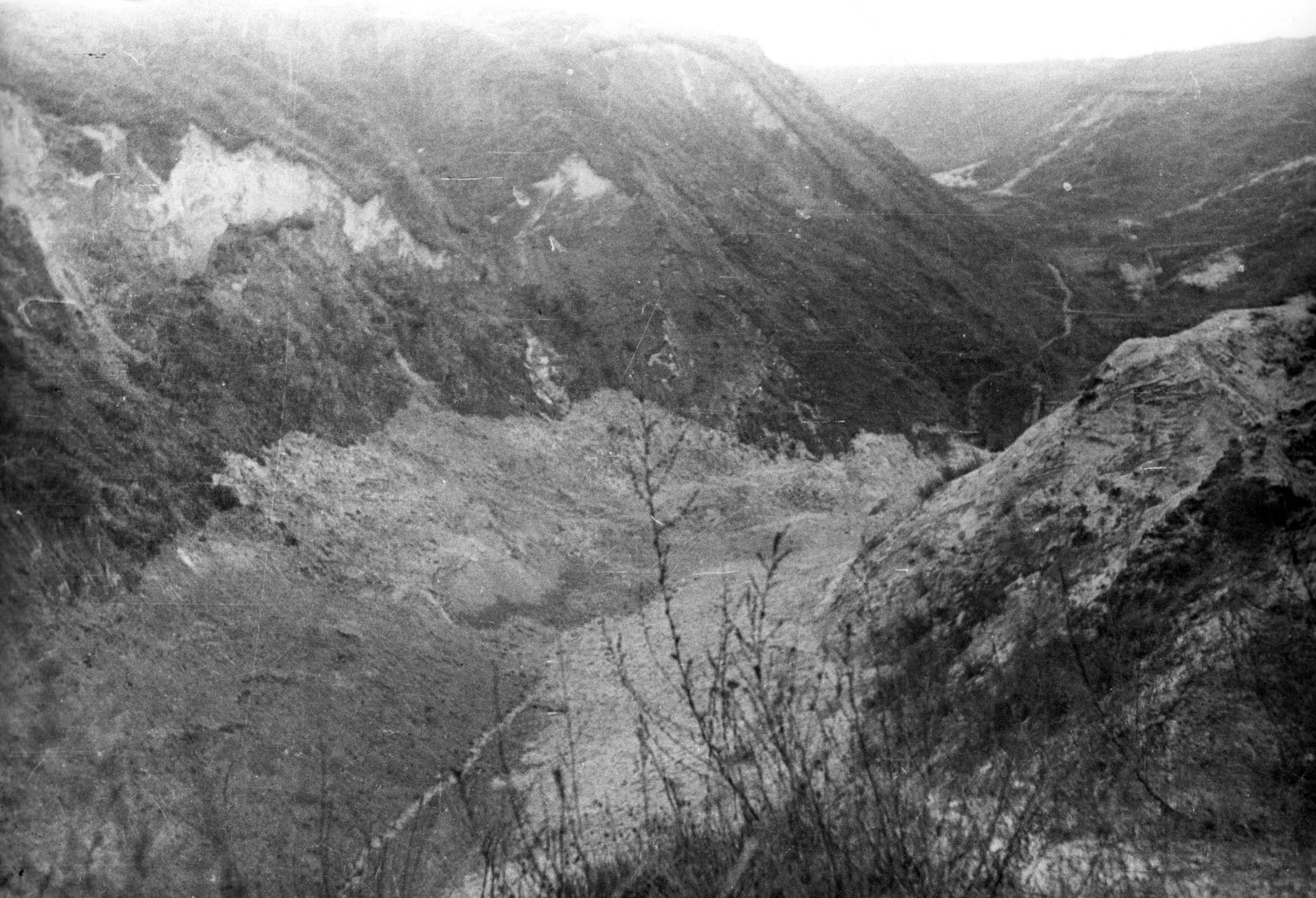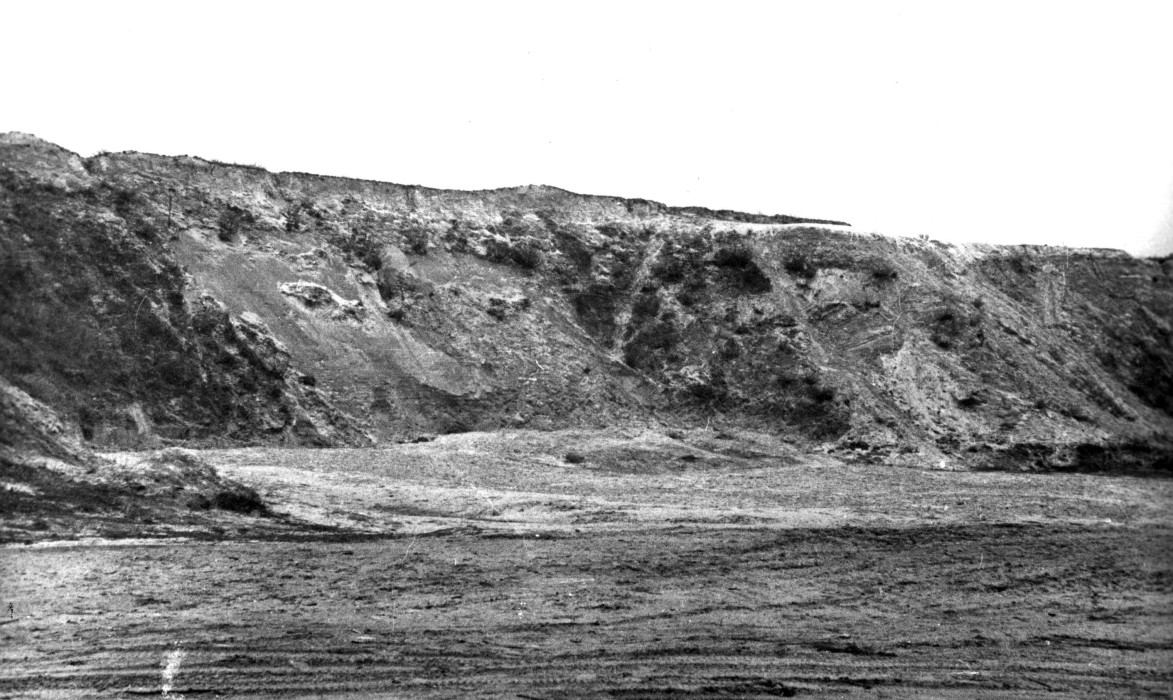
Fig. 1: “General View of the Execution Site at Babi Yar.” All photos reprinted in this essay are courtesy Ukrainian State Film, Photo, and Sound-Archives, Kiev, but are cited from Yad Vashem Photo Archives, Jerusalem, Israel, Series 4147, here No. 20.
When people in the West think of the iconic site of the Holocaust, they first think of Auschwitz. That death and concentration camp became such a central metonym for the entire experience that its date of liberation by Soviet troops on January 27, 1945, became the official United Nations’ International Holocaust Remembrance Day. We think of Auschwitz because death camps came to define the Holocaust, and because those who survived Auschwitz were the most vocal (and most numerous) survivors. Without Elie Wiesel’s or Primo Levi’s stories of surviving Auschwitz, we would have few compelling narratives of the experience of surviving the genocide of European and North African Jewry. Victims’ experiences at Auschwitz became so synonymous with all Holocaust experience that most people forget that the tattoos, which graphically symbolize the Holocaust survivor, were only used at Auschwitz. The French filmmaker Claude Lanzmann’s definitive film Shoah relied exclusively on the voices of the living.

Fig. 2: “View of the Execution Site of Soviet Citizens at Babi Yar in 1941 (Kiev, 1944),” Yad Vashem, Series 4147, No. 21
Moreover, images of Auschwitz—especially the iconic gates over the entrance ominously warning those who passed underneath it, “Work will set you free”—would have little meaning without narrative, voice, and stories.
